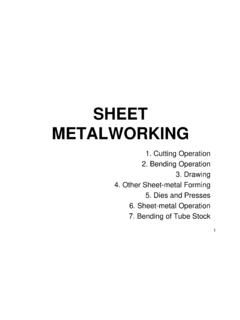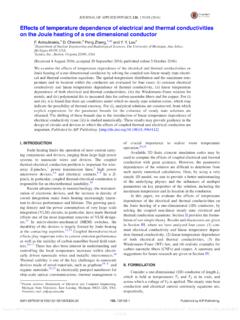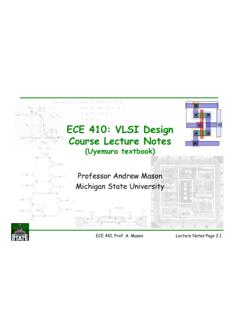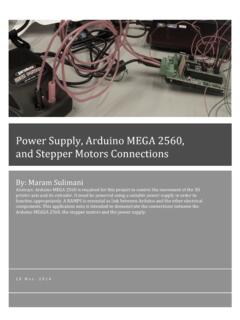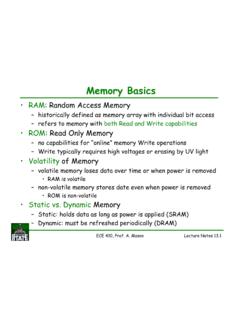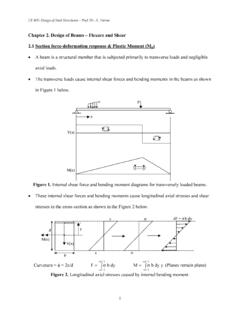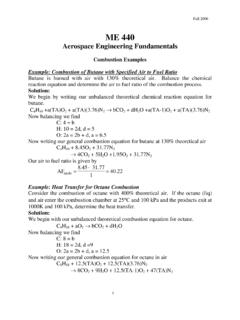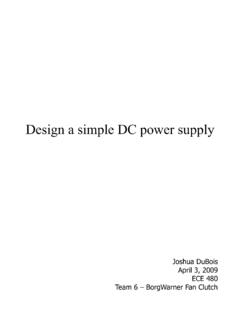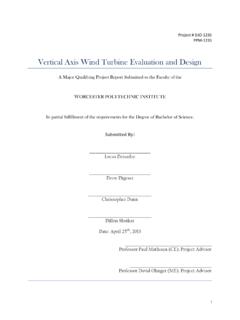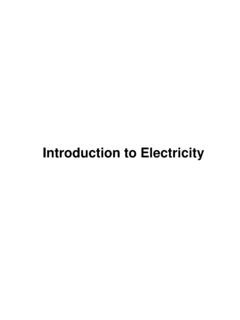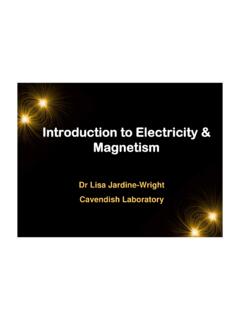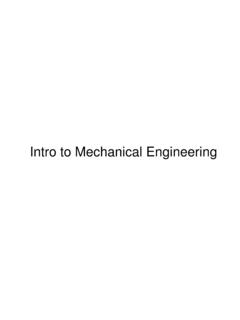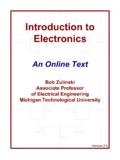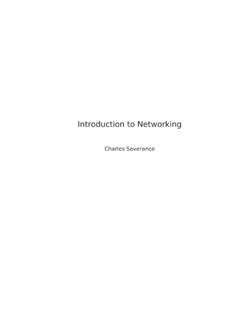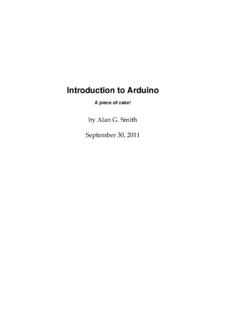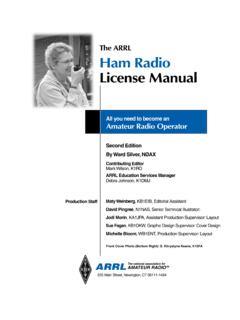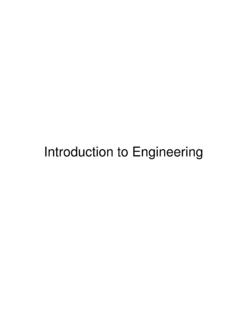Transcription of Operation of Induction Generators.
1 2015 Operation of Induction Generators. APPLICATION NOTE ARIADNA D. FERNANDEZ 1. Introduction A generator is a device that transform a type of energy into electricity . Although it is not possible to generate or create energy, it is possible to transform it. There are several types of energy a generator could transform such as thermal, kinetic (mechanical), chemical or potential energy. Mechanical is the most common one. When a generator converts mechanical energy to electricity , then it is also called dynamo. In today s industry, generators are useful and well known appliances. For example, they are used in vehicles, to convert the energy coming from wind turbines at power plants or just to power a house in case of a power loss. Figure 1 shows a portable generator. This type of generator usually is a gas or diesel powered device.
2 It is one of the most common type of generator in today s market. 2. Background Information A generator is based on the principle of electromagnetic Induction . This phenomenon was discovered by Michael Faraday and it states that a current is produced in a conductor when it is moved through a magnetic field. The voltage produced it is called electromotive force (emf). This process could be reverse too, in other words if an electrical charge is moving, then it will generate a magnetic field. Faraday-Maxwell s Law of Induction . Faraday-Maxwell s law of Induction established the relationship that the emf value versus the number of turns (of a coil) times the rate of change of magnetic flux. The reason for the minus sign is that the direction of the electromotive force direction opposes the change in the flux that produces the voltage. Electromagnetic Induction has many applications.
3 For example, in a credit cards (the magnetic strips on the back of the card) or in order to generate voltage in motors. The last one is very important because a generator is a reverse motor. Figure 2 shows a relation of how the flux, coil and current interact in order to produce current and electromotive force. Figure 1- Portable Generator With the formula above (Faraday-Maxwell s Law of Induction ), it is possible to understand how to optimize the amount of voltage produce by the generator. Some possible solutions could be: Increasing the number of turns of wire in the coil. If there are more conductors cutting through the magnetic field, then the amount of induced emf equals the summation of all the loops. Increasing the speed of the relative motion between the coil and the magnet. More voltage could be induced if there is a faster change of rate in the flux.
4 Increasing the strength of the magnetic field. If there is a stronger magnetic field there would be higher voltage because are more lines perpendicular to cut. 3. How does a generator work Electromagnetic Induction it is a key factor in a generator s Operation . The main parts of a generators are: carbon brushes, slip-rings, rotor and stator. The rotor is an electromagnet made by coiling wires around two or more poles of metal core. The stator is a pair of plates attached to the axle. The brushes are connected to the source of energy and work with the commutator in order to let the induced current flow around the system. Once the shaft and coil start spinning around the shaft, there is some current and electromotive force produced. It is important to mention that this induced current moves in the opposite direction of the rotation. Not all the positions during the rotation induces emf.
5 For example, when the flux is align with the magnetic field, then the flux is not cutting the field. When the flux moves directly across the flux lines then, it is cutting the field at a maximum rather therefore the emf is at its highest point. The maximum emf could be calculated by the formula EMF= B*L*v*sin ( ) where L is the length if the segment, B corresponds to the magnetic field and v the speed. When alpha is 90 degrees then, the voltage is at is maximum value. If the generator induced current and it is revising direction every half turn then it is an alternating current (AC). In other hand, if the induced current always turn in the same Figure 2-Components in Faraday's Law direction then it is direct current (DC). Figure 3 shows the parts of a generator using magnetic Induction from a cross sectional point of view.
6 Figure 3. Induction Generator. If an Induction generator is asynchronous, then at synchronous speed no power is delivered. The reason why there is not power is because the difference between the synchronous speed and the operating speed is zero. But if a motor is driven at a higher speed than the synchronous speed, the torque will be negative and start acting as a generator rather than a motor. The generator could deliver the desired power if the slip is controlled according to the load requirements. The graph presented in figure 4 shows the relation generator torque (rotational force) vs speed. Torque it is a very important concept to keep on mind at the process of operating a motor as a generator because it is necessary an external torque to be applied in order to turn the rotor faster than the synchronous speed.
7 4. Connection/ Implementation Process and Benefits. Motors can be also used as generators. Both devices shares the main parts (brushes, magnets, split ring) the only difference is that in the generator the coil is being turned and generating emf. Also, the ends of the coil are connected to a split ring that is in contact with the brushes. The last ones are the ones in charge of rectify the induced voltage In other words, if a prime mover drives the rotor above synchronous sped then the stator flux induces current in the rotor, then a motor could also work as a generator. Now, it is important to mention that an Induction generator is not a self-excited machine so it will need from another source or device in order to start rotating so it will required magnetizing current and reactive power. Example of other sources are: a motor, water (turbines), wind (windmills) or combustion (like gasoline or diesel in portable generators).
8 An example of a generator rotating due a prime mover could be observed in figure 5. Some of the benefits of an Induction generator technology are: Relative low cost. Most of the cost will relay in the price of the magnet used to induce the electromotive force. Generator Power Quality. If the generator produces an unregulated voltage, it is possible to make some changes in the speed or load in order to get a desired voltage. In Induction generators, the cage rotor helps to operate at a wider speed range by changing the amplitude of the main winding. Simple and robust construction. As every other devices, Induction generators also have some disadvantages. The main problem of this type of generator is that they usually take a large amount of reactive power. Figure 5 Induction Generator by Prime Mover. 5. Applications Generators are very important in today s industry.
9 They let to convert some type of energy intro electricity . This is a great advantage because in some cases could let to use and operates renewable energy and contribute to the environment. Some typical applications of Induction Generators in today s industry are: 1. A Water Company finds that it can buy electrical power at low rates at night and sell power at high rates during the daytime peak load period. It builds low and high storage basins and installs several pumps. At night it pumps water from the low basin to the high basin, buying power from the utility. At peak periods, the water flows back down through the pumps, driving the motors as generators. The power is sold to the utilities. The arrangement is so simple that it can be remotely operated. 2. The wind blows constantly between the desert and mountains of California. An enterprising individual set up some towers with windmills driving Induction Generators through gearboxes.
10 Power is generated proportional to the wind velocity and sold to the local utility. The Operation of the "Wind Farm" is virtually automatic with the proper equipment. 1 6. Key concepts: Electromagnetic Induction : to induces current by moving a conductor across a magnetic field. Electromotive force (emf): Energy that is converter into electrical energy when unit charge passes through it. Torque: Rotational Force Rotor: the rotating part of a motor. References: Meadows, Matt: Electromagnetic Induction , Chapter 25. Vaidya, Jay: Advanced Electric Generator & Control for high speed Micro/mini Turbine based power Systems. 1 NIDEC MOTOR CORPORATION: Induction Generator
